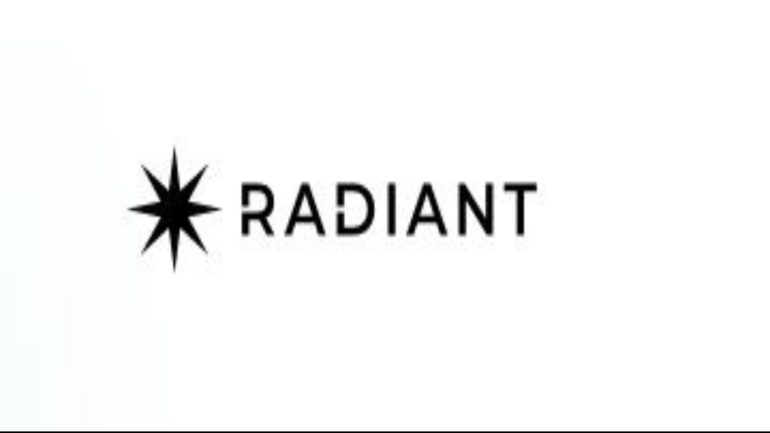Binance’s incubator arm, Binance Labs, has invested $10 million in Radiant Capital, a protocol for lending and borrowing. With this capital, the company will be able to link more blockchains together, making it simpler for users to lend and borrow between blockchains. Of the money received, Radiant DAO will receive $5 million, while Radiant’s product development team will receive $5 million.
Radiant Capital and the resolve to break cross-chain barriers
Radiant presently operates on the BNB Chain and Arbitrum on the Ethereum blockchain, allowing users to borrow and deposit tokens, and it plans to expand this functionality to additional blockchains. Currently, Radiant DAO’s traders, or “Dynamic Liquidity Providers,” can stake their native RDNT tokens for interest, flash lending fees, and governance rights. The platform fees of the protocol can be received in Bitcoin, Ether, Binance Coin, or stablecoins.
Radiant Capital is a decentralised money market that promises to solve the fragmented liquidity issue plaguing DeFi by allowing users to deposit and borrow assets across several chains. More than 20 collateral options are presently supported by the platform, with more to come as the Radiant DAO brings its functionality to more blockchains.
With a total value locked (TVL) of $262.1 million, Radiant is the third-largest protocol on Arbitrum and the leader in the lending space. The protocol was developed on top of LayerZero Labs, another Binance-backed platform that raised $120 million on $3 billion valuation in April from investors like Christie’s and Samsung.
Due to heavy traffic on its foundational layers, Ethereum can be expensive and slow. Radiant Capital’s ground-breaking cross-chain lending and borrowing protocol makes it easier for users to deposit and borrow assets across different blockchains. As the protocol’s capabilities are extended to additional Ethereum-compatible chains, users will be able to reduce the number of transactions required to carry out chain-to-chain lending, borrowing, bridging, and swapping.

